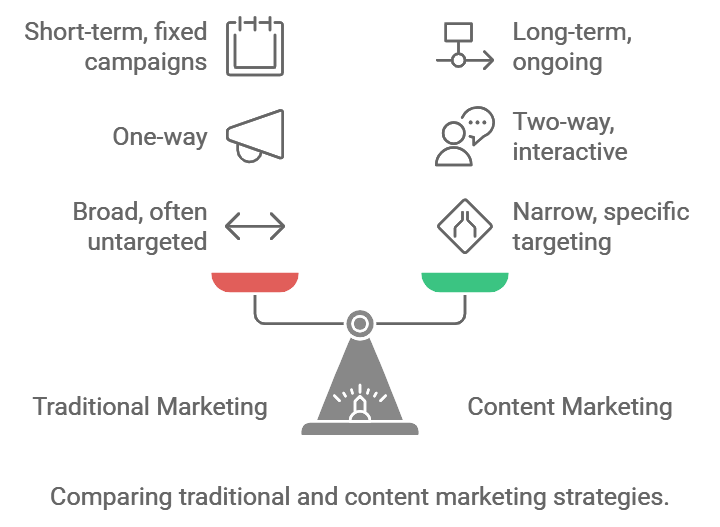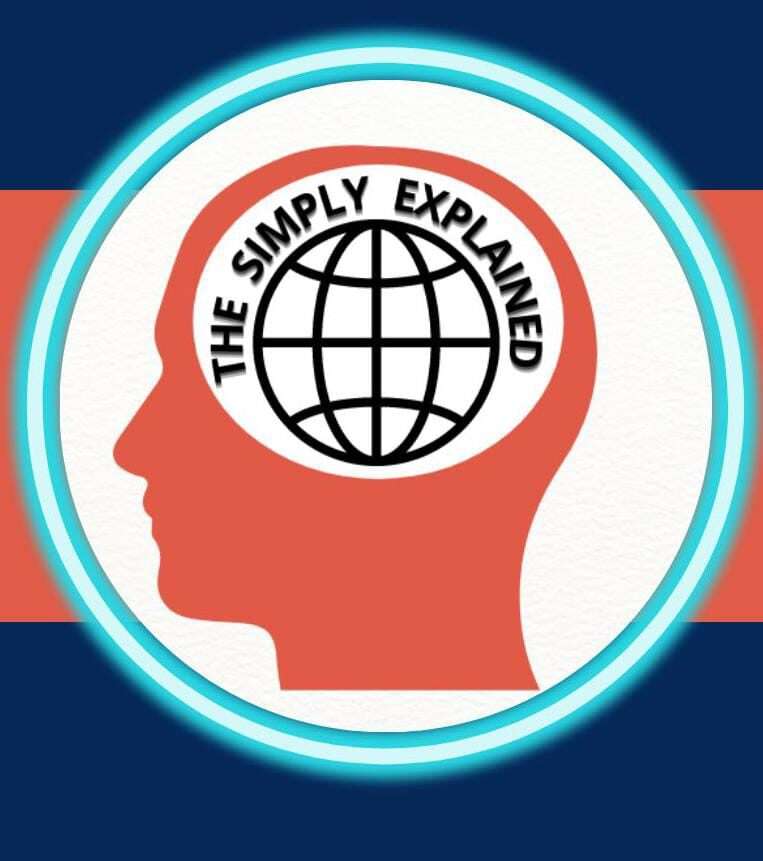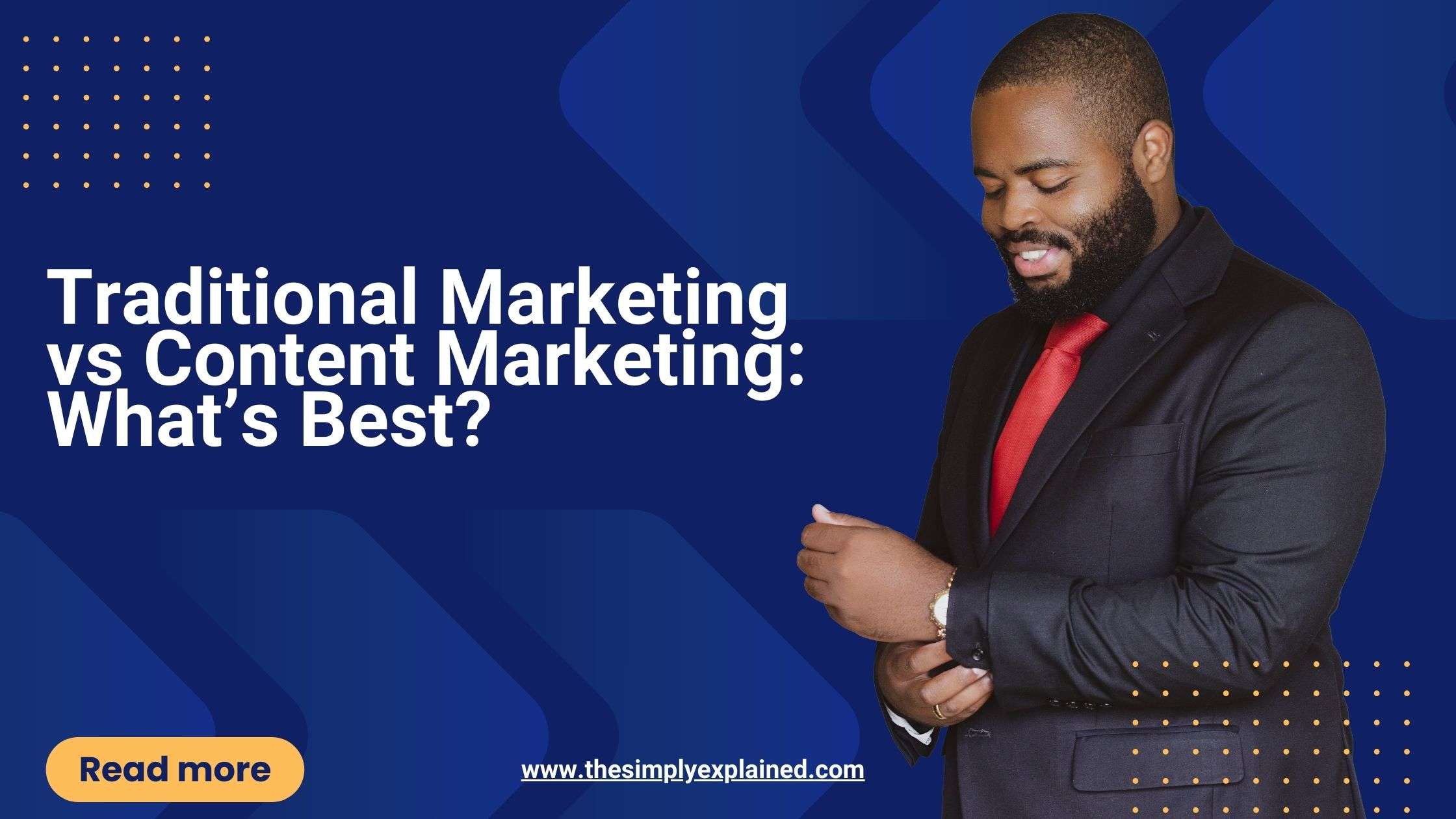Introduction
As businesses compete to capture audience attention, the debate between traditional marketing and content marketing continues to grow. While both methods aim to promote products or services, they differ significantly in execution and approach. Understanding these two forms of marketing is crucial for making informed decisions that align with your business goals.
In this blog, we’ll explore the key characteristics, advantages, disadvantages, and effectiveness of both traditional and content marketing. We’ll also provide insights into budget considerations and the future of marketing, helping you determine the best approach for your business. Along the way, we’ll also share real-life examples and explore a hybrid approach that combines the best of both worlds.
Overview of Traditional Marketing
Traditional Marketing refers to long-established methods of reaching customers. It is typically defined by mass media advertising through channels such as TV, radio, and print. These methods are primarily one-way communication channels aimed at reaching a broad audience quickly and effectively. A classic example is Coca-Cola’s longstanding TV commercials, which have built brand recognition over the decades.

Types of Traditional Marketing
Traditional marketing refers to long-established methods of reaching customers. It is typically defined by mass media advertising through channels such as:
- Print Advertising: Newspapers, magazines, and flyers have been the core of traditional marketing for decades. These platforms target local and broad audiences, depending on circulation.
- Broadcast Advertising: TV and radio advertisements continue to reach large audiences, creating brand awareness and generating immediate visibility.
- Direct Mail and Telemarketing: Physical mail and phone-based marketing allow companies to target customers directly, offering personalized promotions.
Key Characteristics
Traditional marketing is known for its brand-centric approach, emphasizing broad outreach. Older generations tend to respond better to traditional marketing techniques. For example, radio and TV advertisements often target Baby Boomers and Gen X, who may prefer these media channels for consuming content. Some of the key characteristics include:
- Focus on Brand Promotion: Traditional marketing primarily aims to promote the brand, product, or service directly to a large audience.
- One-way Communication Model: It follows a top-down communication model, where businesses broadcast their message, but consumers cannot interact or engage.
- Short-term Campaigns: Traditional marketing campaigns often have defined start and end dates, focusing on immediate results.
Advantages and Disadvantages
Traditional marketing offers both strengths and challenges:
- Advantages:
- Immediate Visibility: TV, radio, and print ads provide instant exposure to mass audiences.
- Clear Targeting: Demographics for specific media channels help target defined audiences effectively.
- Disadvantages:
- High Costs: TV ads, print media, and direct mail campaigns can be expensive, making traditional marketing cost-prohibitive for small businesses.
- Limited Engagement: Traditional methods often lack opportunities for real-time interaction or feedback from the audience.
Overview of Content Marketing
Content Marketing is a more modern approach focused on delivering valuable, relevant content to attract and engage customers. Some popular formats include blogs, videos, social media posts, and infographics. For example, HubSpot built its brand largely through content marketing by offering free educational resources and tools, making it a leader in inbound marketing.

Types of Content Marketing
Content marketing is a more modern approach focused on delivering valuable, relevant content to attract and engage customers. Some popular formats include:
- Blogs and Articles: Regularly published articles on a company website offer insights, tips, and information that establish industry expertise.
- Videos and Podcasts: Video content and podcasts have become increasingly popular as they provide engaging, easily consumable information.
- Social Media Posts and Infographics: Short-form content, including visual infographics, has a strong presence on platforms like Instagram, LinkedIn, and Twitter.
Key Characteristics
Content marketing emphasizes building relationships and delivering long-term value. Millennials and Gen Z are digital natives, more likely to engage with brands through online content such as blogs, videos, and social media. They value authenticity, prefer personalized content, and appreciate educational material over hard-selling tactics. Some of the key characteristics include:
- Focus on Value and Education: Rather than pushing direct sales, content marketing provides value through education and information.
- Two-way Communication Model: Audiences can interact, comment, share, and engage with the content, creating a dialogue between the brand and consumers.
- Long-term Strategy: Content marketing is about building trust over time, with consistent output designed to nurture relationships.
Advantages and Disadvantages
Like traditional marketing, content marketing has its own set of pros and cons:
- Advantages:
- Cost-effective: Content creation, particularly for blogs and social media, often costs less than traditional advertising.
- Builds Trust: By offering valuable content, businesses can build credibility and foster customer loyalty over time.
- Disadvantages:
- Time-consuming: Content marketing requires ongoing effort and a commitment to producing high-quality material consistently.
- Requires Consistent Quality: Poorly executed content can harm brand perception and drive audiences away.
Audience Engagement Strategies
Traditional Marketing Techniques
To engage audiences, traditional marketing often relies on:
- Call to Action (CTA) Effectiveness: Advertisements include strong CTAs, such as encouraging customers to call or visit a store.
- Promotions and Discounts: Limited-time offers and deals drive customers to make immediate purchases.
- Events and Sponsorships: Many businesses invest in local events or sponsorship opportunities to connect with specific audiences directly.
Content Marketing Techniques
Content marketing provides more interactive and personalized ways to engage audiences:
- SEO and Keyword Utilization: Optimizing content for search engines helps attract organic traffic by addressing users’ search queries.
- Storytelling and Brand Narrative: Telling a compelling story about your brand helps forge emotional connections with audiences.
- Interactive and Shareable Content: Social media allows brands to create posts that users can easily share, increasing reach and engagement.
Measuring Engagement
Tracking engagement is critical for both traditional and content marketing:
- Traditional Marketing Metrics: These include reach, impressions, and conversions from offline efforts, like how many people saw a TV ad or responded to direct mail.
- Content Marketing Metrics: Engagement rate, likes, shares, comments, and traffic from search engines are key indicators of content success.
- Tools for Measuring Success: Analytics tools, such as Google Analytics, help measure website traffic, while social media platforms provide insights into post-performance.
Budget Considerations
Cost Structures Compared
Understanding the cost implications of both approaches is essential for effective budgeting:
- Cost of Mass Media versus Content Creation: Mass media advertising, particularly for TV or radio, involves high upfront costs. Content creation, while requiring time and resources, typically has a lower initial investment.
- Long-term Investments vs. Short-term Expenditures: Traditional marketing often requires one-time large investments, while content marketing is a continuous effort spread over time.
- Hidden Costs: Production and distribution costs for traditional ads can be substantial, while content marketing may involve ongoing expenses for graphic design, editing, and platform management.
Return on Investment (ROI)
ROI is crucial in determining the effectiveness of a marketing strategy:
- Assessing ROI in Traditional Marketing: This can be challenging as it’s harder to track exact audience behavior unless integrated with digital channels.
- Measuring ROI in Content Marketing: Content marketing offers clear data points, like traffic growth and lead generation, making it easier to assess ROI.
- Factors Influencing ROI: In both approaches, understanding customer behavior, campaign objectives, and resource allocation is key to maximizing ROI.
Budget Allocation Strategies
Different factors influence where businesses should allocate their marketing budgets:
- When to Allocate for Traditional Marketing: Consider this approach for brand awareness campaigns targeting mass audiences or when reaching non-digital consumers.
- When to Invest in Content Marketing: This is ideal for businesses looking to build long-term relationships with specific, niche audiences.
- Hybrid Strategies: Combining both methods, such as TV ads supported by digital content, can maximize reach and engagement.
The Future of Marketing
Trends in Traditional Marketing
Traditional marketing is evolving to incorporate digital elements:
- Adaptation in the Digital Landscape: Many traditional ads now direct users to online platforms for deeper engagement.
- Integration with Digital Technologies: QR codes, interactive TV ads, and digital billboards are modernizing traditional marketing.
- Evolution of Consumer Experience: As consumer expectations evolve, traditional marketing needs to offer more personalized and relevant experiences.
Trends in Content Marketing
Content marketing continues to grow, with new trends shaping the future:
- Rise of Video and Visual Content: Videos are increasingly becoming the preferred content format for engagement.
- Personalized and Targeted Content Strategies: Consumers expect tailored content that addresses their individual needs and preferences.
- Influencer Marketing Dynamics: Partnering with influencers allows businesses to reach highly engaged audiences through trusted voices.
Making an Informed Choice
To decide which strategy works best, consider factors such as:
- Business Type: Small businesses find content marketing more cost-effective, while large enterprises may benefit from traditional methods.
- Audience Behavior: Understanding whether your target audience consumes content online or through traditional media will guide your decision.
- Real-life Case Studies and Examples: Learn from businesses that have successfully implemented traditional, content, or hybrid marketing strategies.
Key Differences Between Traditional vs Content Marketing
To help you visualize the differences between traditional and content marketing, here’s a summary:

Hybrid Marketing Approach
Combining Traditional and Content Marketing: Many successful brands use a hybrid approach, combining the reach of traditional marketing with the engagement of content marketing. For example, a TV ad may drive viewers to a website or social media page where more in-depth content can engage them further. Nike’s TV commercials often include calls to action that encourage viewers to explore more stories or products on their website or social media channels.
Conclusion
In summary, both traditional and content marketing have their unique strengths and limitations. Traditional marketing offers immediate visibility but comes at a higher cost, while content marketing builds long-term relationships but requires continuous effort. The best approach depends on your business goals, audience, and budget. Many businesses find success by integrating both methods to create a well-rounded marketing strategy.
If you enjoyed this comparison and want to dive deeper into more insightful topics like this, visit The Simply Explained. Our blog is packed with in-depth content designed to help you navigate the world of marketing and beyond.
Frequently Asked Questions (FAQs)
- What is the main difference between traditional marketing and content marketing?
Traditional marketing focuses on direct promotion through mass media, while content marketing aims to engage and educate audiences over time. - Which marketing approach is more cost-effective?
Content marketing is generally more cost-effective, though it requires ongoing effort. - How can I decide which strategy to use for my business?
Consider factors like audience behavior, business goals, and available resources to make an informed decision. - Can a business successfully use both traditional and content marketing?
Yes, a hybrid approach can be highly effective, leveraging the strengths of both methods. - What metrics should I focus on to evaluate my marketing strategy’s effectiveness?
Focus on reach and conversions for traditional marketing, and engagement and traffic growth for content marketing.

